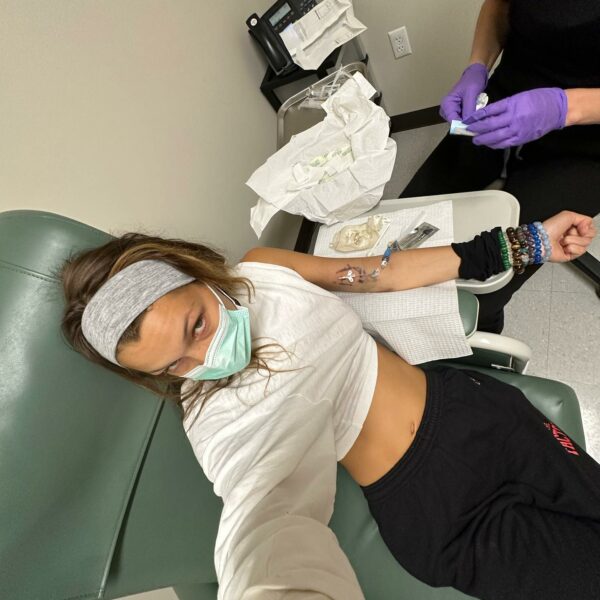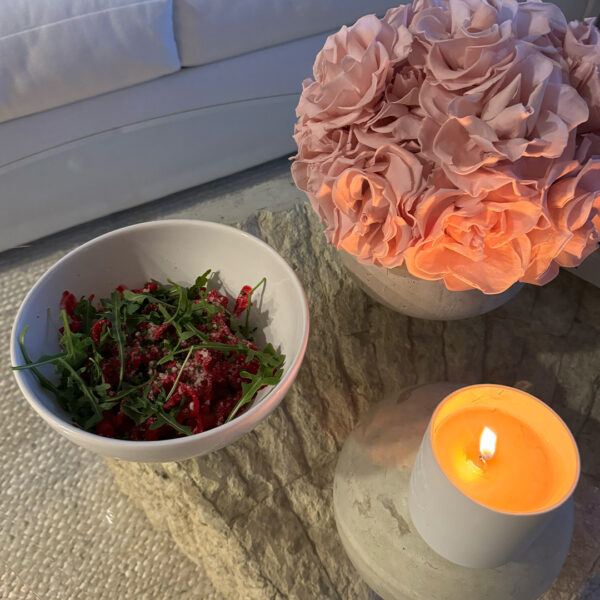
Brigitte Bardot in Saint-Tropez, 1959
Relationships are complex as hell. Every individual is an intricate being, formed of specific, accumulated experiences. Put two people together, and it can either be harmonious or volatile. Every relationship requires boundaries—it’s the lifeblood of a healthy connection. Of course, there are people who are just plain bad for each other.
Michelle Afont, relationship expert, divorce lawyer, and multi-published author whose most recent work includes The Dang Factor, helps us decode what “bad” or “good” means in romantic relationships, and where to draw lines in the sand. She puts the bottom line at the top: “Love should feel good. There should be a sense of peace and well-being within your relationship. If your connection lacks comfort, you are likely in a toxic relationship.” We’ll start there.
If you’re less than happy but not sure why or where to place feelings of blame, Afont is here to help. There is a lot of gray area in relationships, of course, but Afont believes when it comes to love, it’s black and white—good love and bad love. “Good love feels good. Good love feels warm and secure. Good love moves forward in a natural path to solid commitment and a healthy future together.”
If you’re lacking the above, consider the opposite. “Bad love is toxic, and bad love is bad for you.” It hurts. It’s “one-sided love and lopsided adoration.” It’s without common life goals. It’s stagnant, it lacks respect, and it lacks boundaries. Afront reiterates that every relationship requires basic boundaries, but a toxic relationship involves a different type of boundary that starts within yourself.
So try setting the lines, and see if your partner can respect them. “In healthy relationships, not crossing a line is an easy task. However, boundaries in a toxic relationship are much more challenging. In a toxic environment, with control issues at the forefront, setting boundaries is often ineffective unless you are committed to enforcing the consequences of the unwanted toxic behavior.
In other words, set the boundary for your toxic partner, but from that point forward, the boundary needs to be within you. It is vital that you take ownership of your boundaries as to what you will and will not tolerate in the relationship. Setting boundaries is easy. Enforcing boundaries is what counts.
Take responsibility for your future and the type of relationship you allow yourself to be in. Spending too much time in an unhealthy relationship does nothing to further your goals of peaceful love. Unlike fine wine, a toxic connection does not get better with age. The more time that is allowed to pass, the more toxic it will become. It is important to be aware how much of your life coin you are giving away to a relationship that in all likelihood will not improve.” Time is money, baby.
It’s easy to get lost in the newness of something, or to believe someone’s desperate declarations of “love” for years, even if their actions far from match them. “If you allow the behavior to continue by staying in the relationship, you have set the stage for acceptance.” And while not all hope is lost, tread lightly. It’s your time and well-being at stake.
Afont throws a bone to hope. “This is not to say that toxic behavior cannot be changed. It can. But it takes commitment and work to make that happen. By setting boundaries within yourself, you will be in control of the path the relationship takes and what you will tolerate. Knowing when to walk away from toxic behavior is the most precious gift you can give yourself.”
You ask, we answer. Send your relationship questions to [email protected], and one of our experts may just answer them in an upcoming column.
Up next, be the first to know our weekly content and sign up for our Poosh newsletter.







































